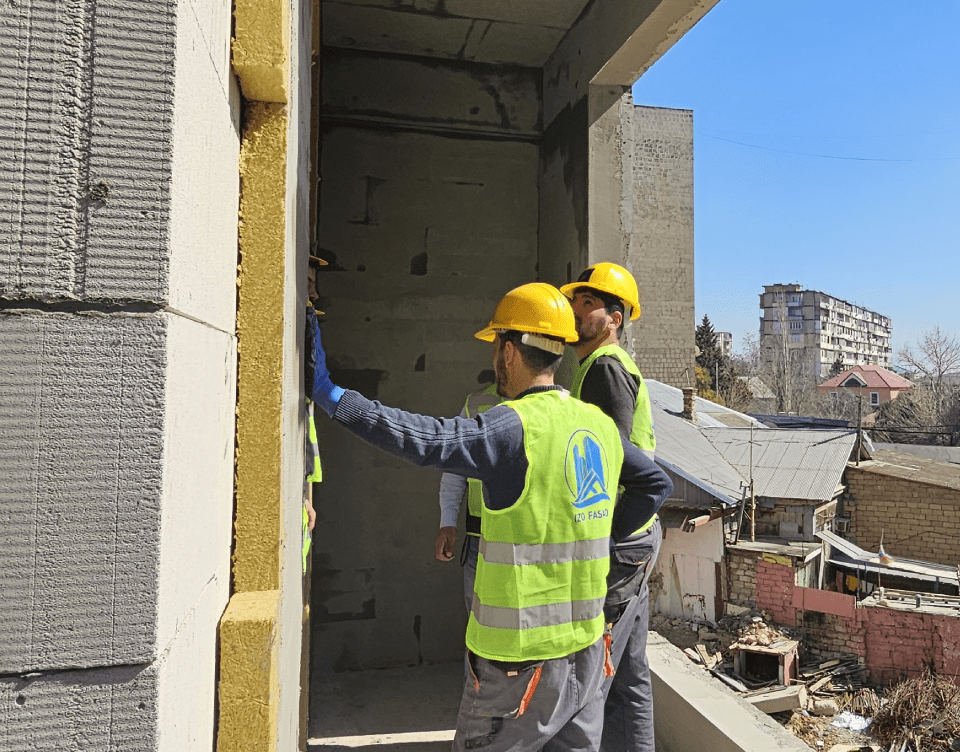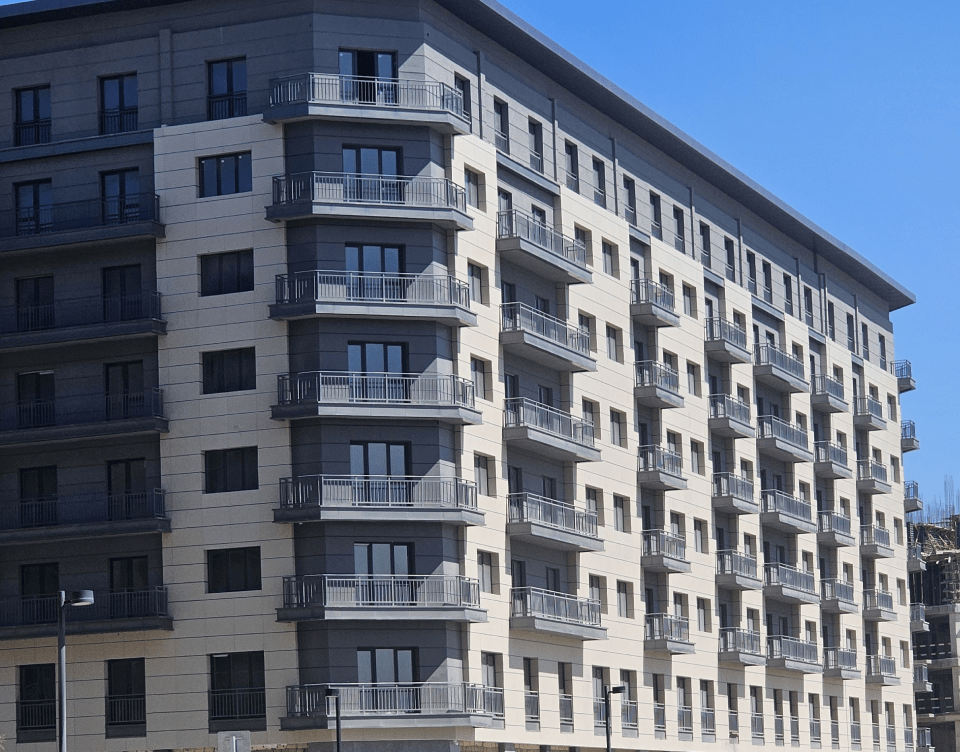5 Common Mistakes to Avoid in Facade Insulation Projects
When it comes to facade insulation projects, attention to detail is crucial for achieving optimal results. From selecting materials to executing installation, even small mistakes can lead to significant issues down the line. To help you navigate your next facade insulation project successfully, here are five common mistakes to avoid:
1. Neglecting Proper Planning:
One of the biggest mistakes in facade insulation projects is rushing into the execution phase without thorough planning. Proper planning involves assessing the building's needs, considering factors such as climate, building codes, and budget constraints, and developing a comprehensive strategy that addresses all requirements.
2. Choosing the Wrong Insulation Material:
Selecting the right insulation material is key to the success of a facade insulation project. Choosing a material that is not suitable for the building's specific requirements can lead to poor thermal performance, moisture issues, and other problems. It's essential to consider factors such as R-value, moisture resistance, fire rating, and environmental impact when selecting insulation materials.
3. Improper Installation Techniques:
Even the highest-quality insulation material can underperform if installed improperly. Common installation mistakes include inadequate sealing around windows and doors, gaps in insulation layers, and improper attachment of insulation boards. It's essential to follow manufacturer guidelines and industry best practices to ensure proper installation and maximize insulation performance.
4. Ignoring Moisture Management:
Moisture intrusion is a common issue in facade insulation projects and can lead to mold, rot, and structural damage if not addressed properly. Ignoring moisture management measures such as vapor barriers, drainage systems, and proper flashing details can result in costly repairs and compromised building performance over time.
5. Failing to Address Thermal Bridging:
Thermal bridging occurs when heat bypasses insulation through conductive materials such as metal framing or concrete slabs, leading to energy loss and reduced thermal efficiency. Failing to address thermal bridging can undermine the effectiveness of facade insulation and increase heating and cooling costs. Utilizing thermal breaks, insulated cladding systems, and continuous insulation strategies can help minimize thermal bridging and optimize energy performance.
By avoiding these common mistakes and prioritizing proper planning, material selection, installation techniques, moisture management, and thermal bridging mitigation, you can ensure the success of your facade insulation project. Partnering with experienced professionals and following industry best practices will help you achieve a well-insulated, energy-efficient building envelope that enhances comfort, durability, and sustainability for years to come.






